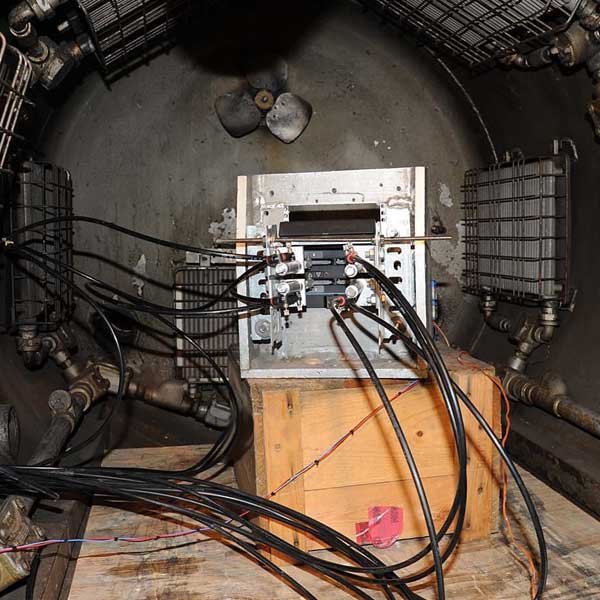Explosive Atmosphere Testing

Explosive Atmosphere Testing
MIL-STD-810, Method 511 • RTCA/DO-160, Section 9
Dayton T. Brown, Inc. can perform Sand and Dust Testing to recreate desert storms or air blast conditions with actual temperatures, in accordance with MIL-STD-810 specifications.
Sand Testing
Sand Testing evaluates the ability of materials to be stored and operated in blowing sand conditions without degrading performance, effectiveness, reliability, and maintainability. Failure points can include any abrasion to the test item that exceeds the specified requirements or if the seals have been compromised.
Our test chamber meets the following criteria:
- Ability to test items up to 4 ft. x 4 ft. x 4 ft. (typically) – larger items can be tested in sample sections
- Concentrations of 2.2 g/m3, 1.1 g/m3, and 0.18 g/m3 (indoor)
- Capable of running tests up to 65 MPH
- Equipped with temperature and humidity controls
We meet the following requirements for Sand Testing:
- MIL-STD-810, Method 510, Procedure II
- RTCA/DO-160, Section 12
Dust Testing
Dust Testing evaluates the ability of materials to resist the effects of dust, which may obstruct openings or penetrate cracks, crevices, bearings, and joints. Additionally, this type of testing can be used to determine the effectiveness of filters when exposed to dust. Failure points can include the binding of mechanical joints, clogging of filters, seizing, or blockage of moving parts.
Our test chamber meets the following criteria:
- Measures 13 ft. x 4 ft. x 4 ft. with an additional 4 in. area around the test item
- Dust composition is silica flour to MIL-STD testing requirements
DTB also has a settling dust chamber, which can be used for testing in a vacuum with IP ratings.
We meet the following requirements for Dust Testing:
- MIL-STD-810, Method 510, Procedure I
- RTCA/DO-160, Section 12
